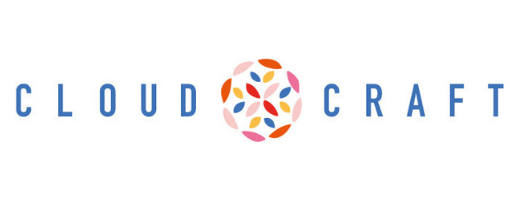Your embroidery supply essentials

Getting started with embroidery is super easy as you don’t need very much to have a go and stitch something beautiful. The best bit is that the supplies are not expensive and are usually small enough to take wherever you go (roll on holidays!). With these essential materials and tools you’ll be good to go.
Choosing your Fabric

Although you can embroider on almost any fabric, some work better than others. When you’re getting started it’s best to avoid stretchy fabrics – cottons and linens work really well and come in a rainbow of colours. Our favourites are Kona cotton and Essex Linen. If you are looking for a different texture, 100% wool felt is also lovely to embroider on and, unlike acrylic felts, it holds stiches beautifully.
Choosing a hoop

It’s not essential to us an embroidery hoop but it does help to keep your fabric taut while you’re stitching and allows you to have better control of your needle. You can get wooden or plastic ones, in lots of shapes and sizes. A great hoop for starting out is a 7” wooden one, and you can use it to frame your masterpiece when you’ve finished!
Choosing threads

There are lots of different threads to choose from but don’t be tempted to buy cheap bundles because these are prone to tangling and are not always colourfast. Starting with DMC stranded cotton embroidery thread is great. It comes in around 400 colours. It’s made up of 6 strands which you can separate, so you can stitch thick or thin lines. A popular choice to use for embroidery is 2 strands. If you want to keep things simple, choose perle cotton – it’s not divisible but is lovely and smooth and great for beginners.
Choosing needles

Embroidery needles have sharp points and a large eye, making them easier to thread. They come in a variety of thicknesses (the higher the number the thinner the needle). It’s a good idea to get a mixed pack so you can see which you prefer and works best for your style of embroidery. Size 5 works well for stranded or perle cotton. If you’re planning to do any knotted stitches it’s handy to have some Milliner’s needles. These are the same width from eye to tip making it much easier for a knot to pass through the needle. For woven or threaded stitches, tapestry needles are useful as they have blunt ends so won’t snag your thread.
Choosing scissors

Embroidery scissors have small sharp blades so you can snip small strands of thread. If you get a good quality pair and remember to only use them on thread and fabric they will give you years of service. Be warned though, collecting embroidery scissors can become addictive!
It’s also helpful to have a good pair of fabric scissors and, if you are using linen, some pinking shears to cut the edge of your fabric to minimise fraying.
Transfer tools
You can carefully draw your design directly onto fabric using a pencil but the lines can be difficult to remove. There are some specialist supplies which make this process easier – such as wipe off pens (where the ink disappears with a spray of water), chalk pencils (great for darker fabrics) or iron-on transfer pens, which are a great way to get a detailed design onto fabric.
And handy to have…

To save you from sitting on a needle you put down when you went to make a cuppa, it’s really handy to have a needle minder. These are magnetic so you can attach them to your fabric or hoop and set your needle on top to keep it safe. And they look super cute!
